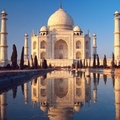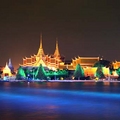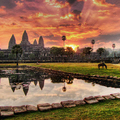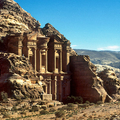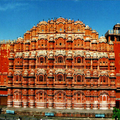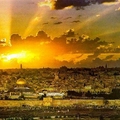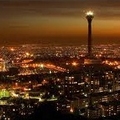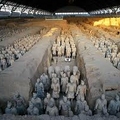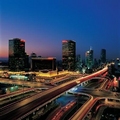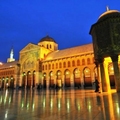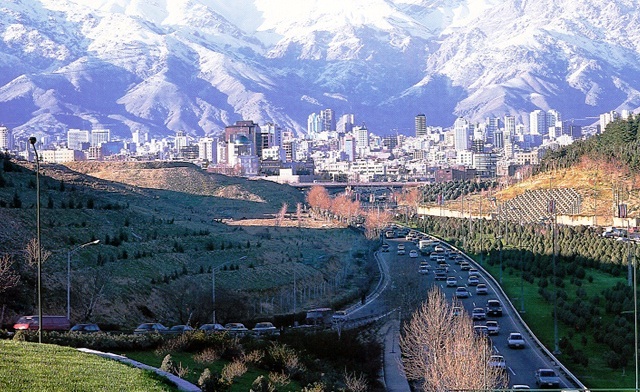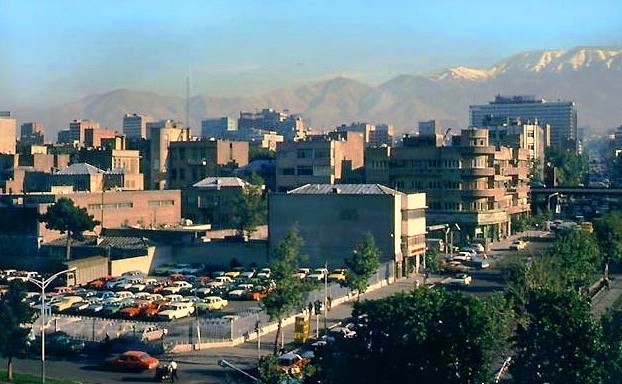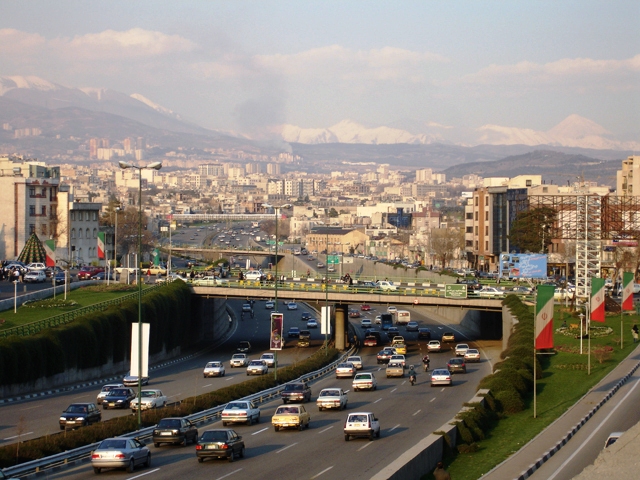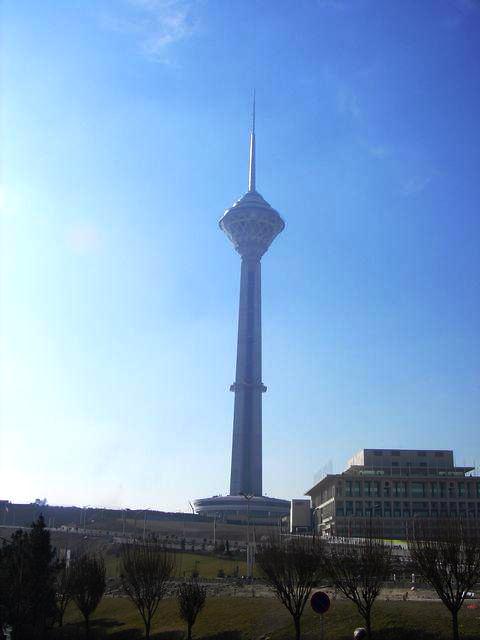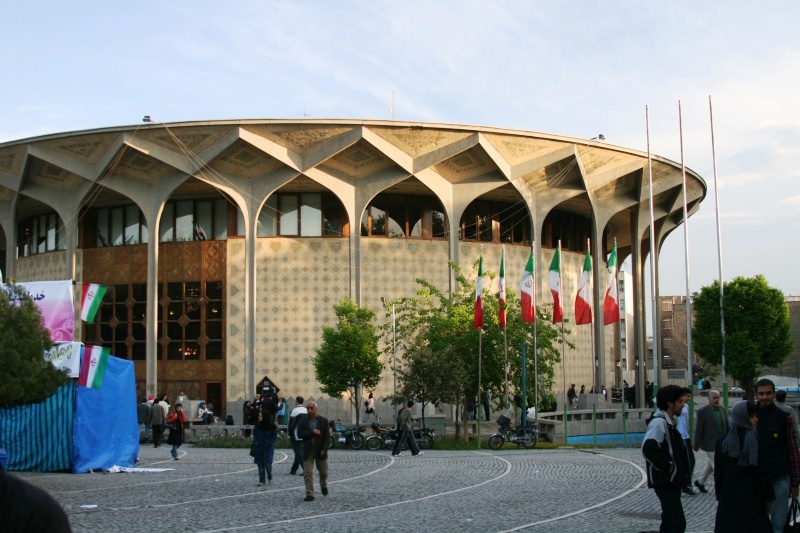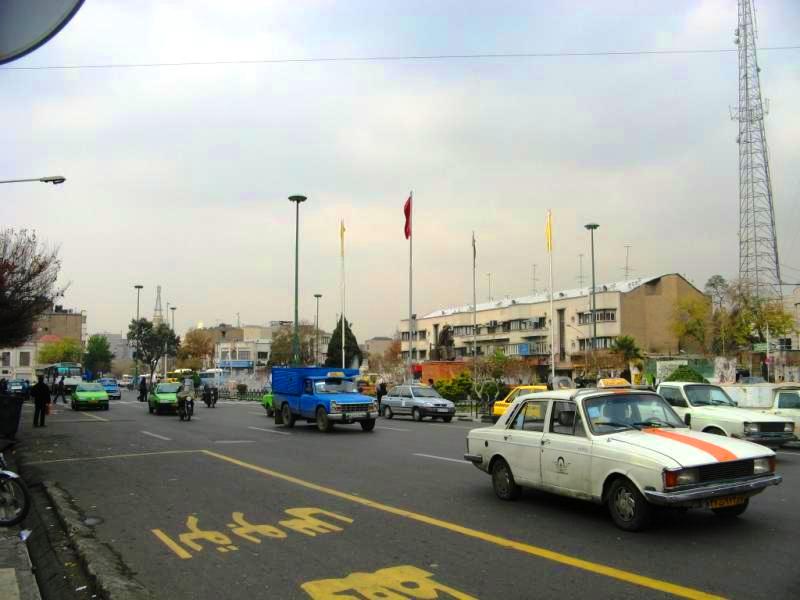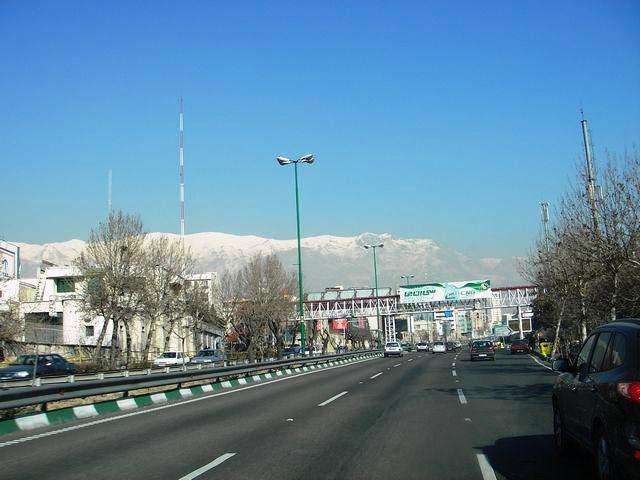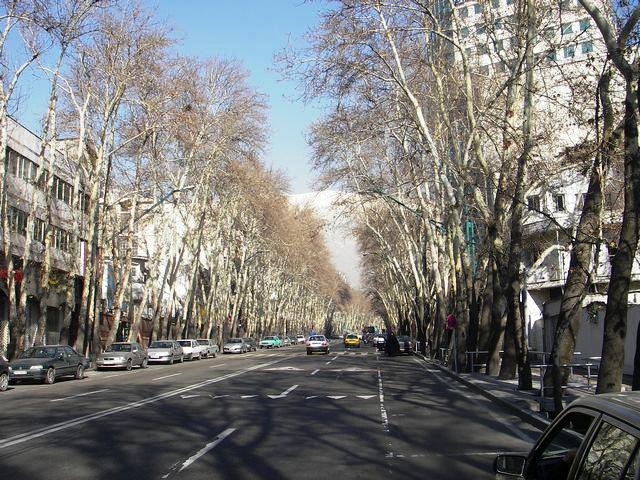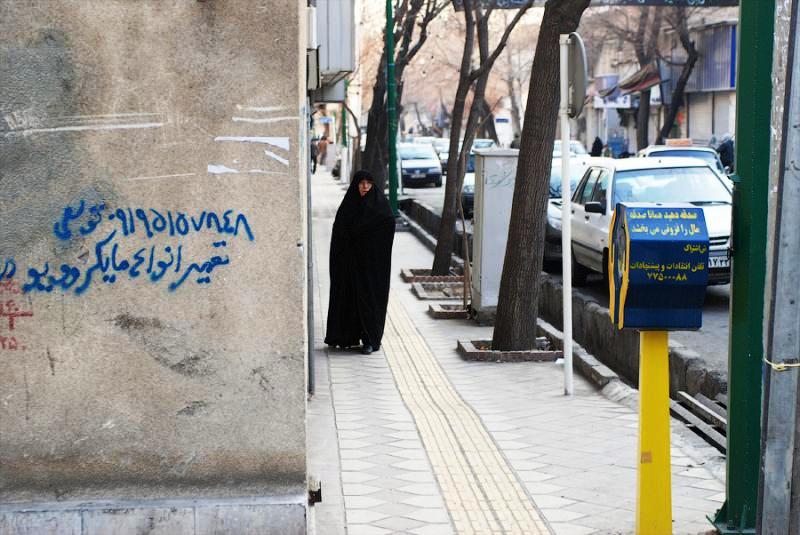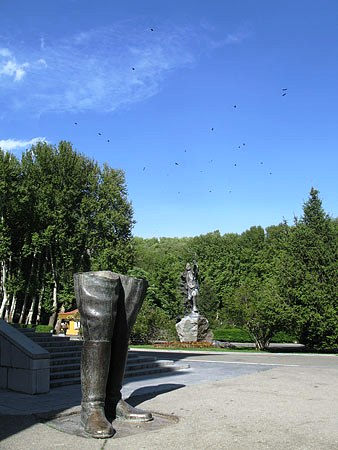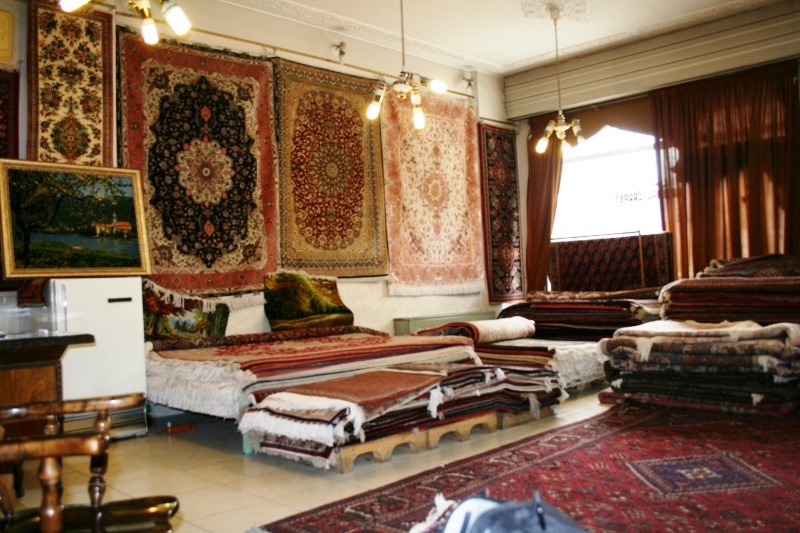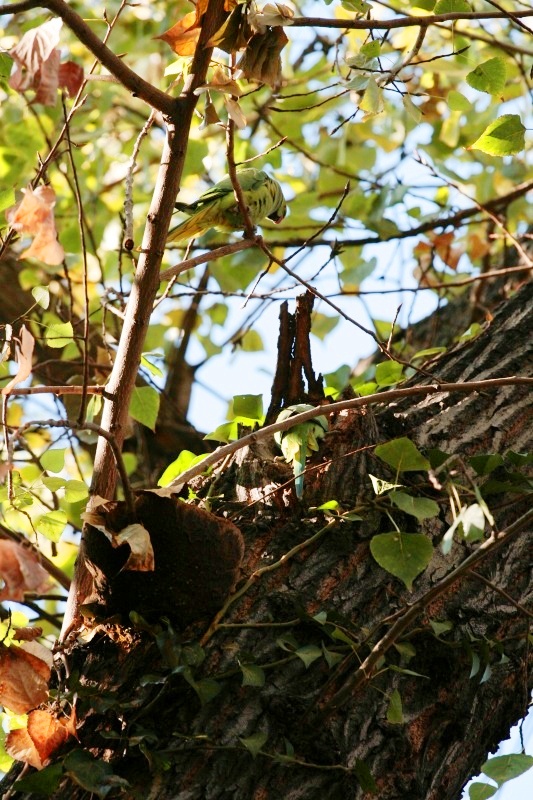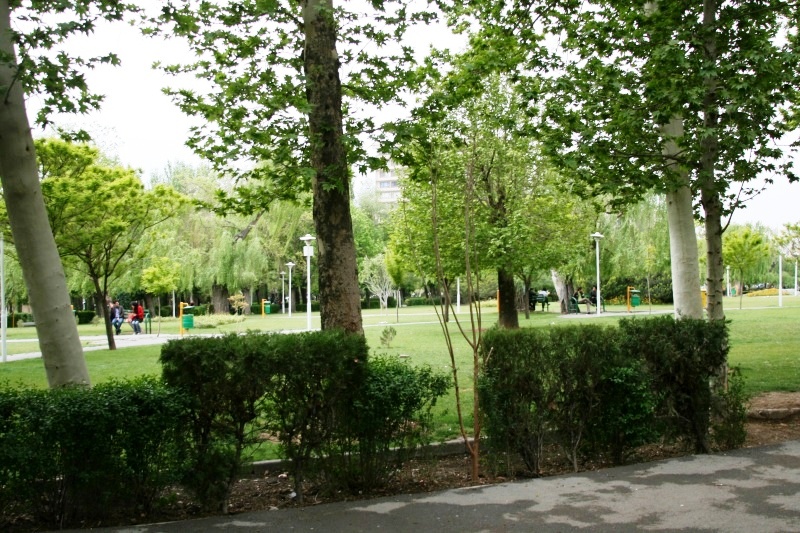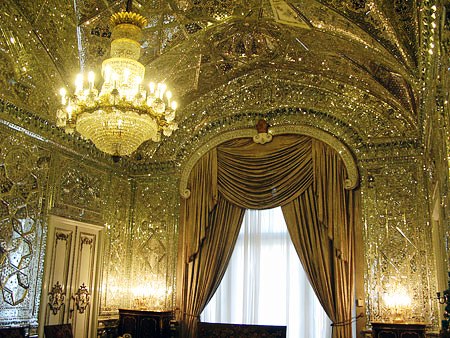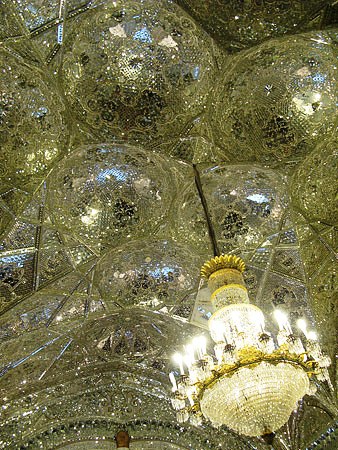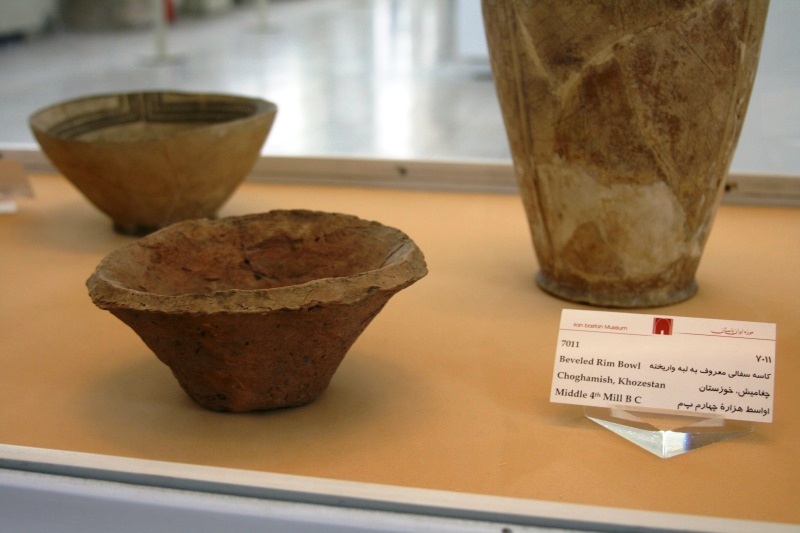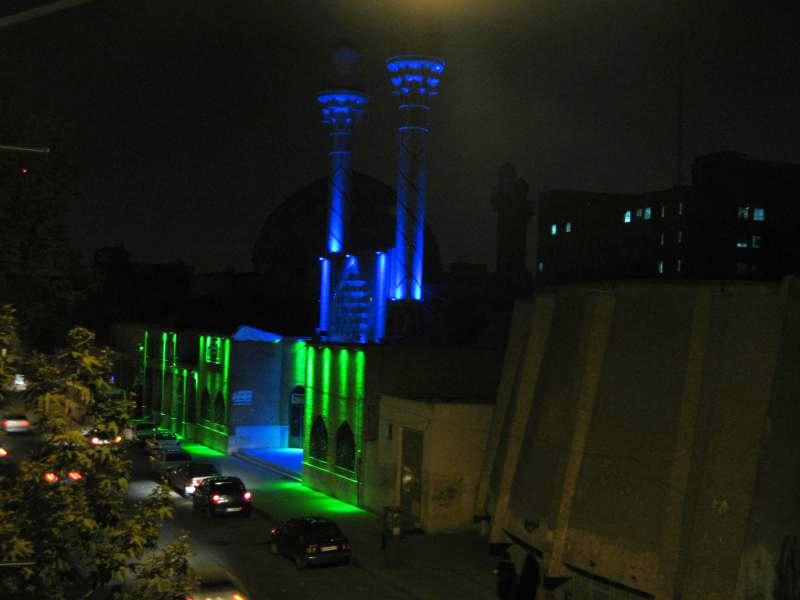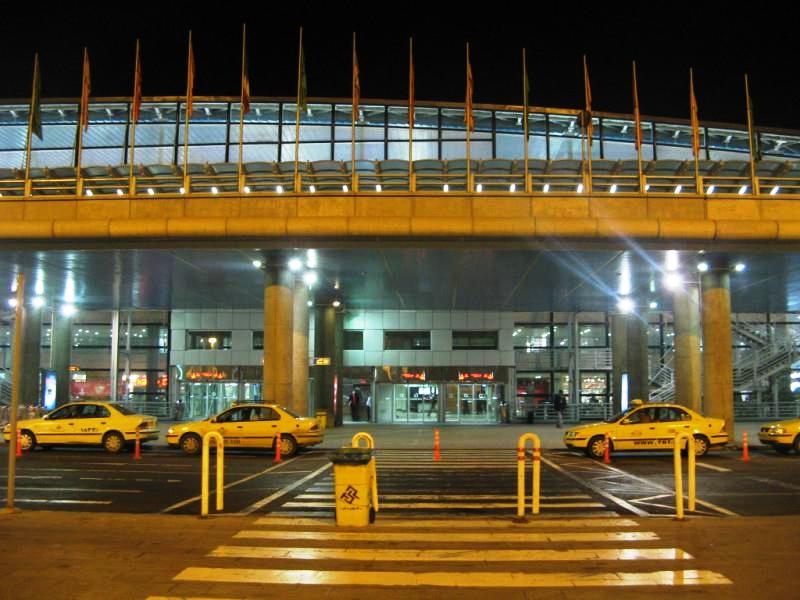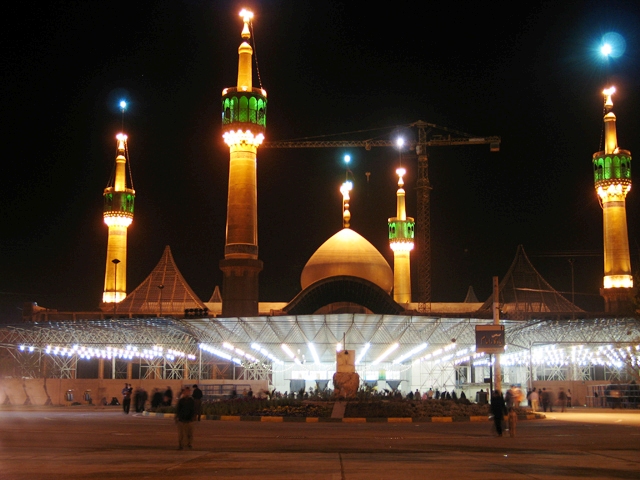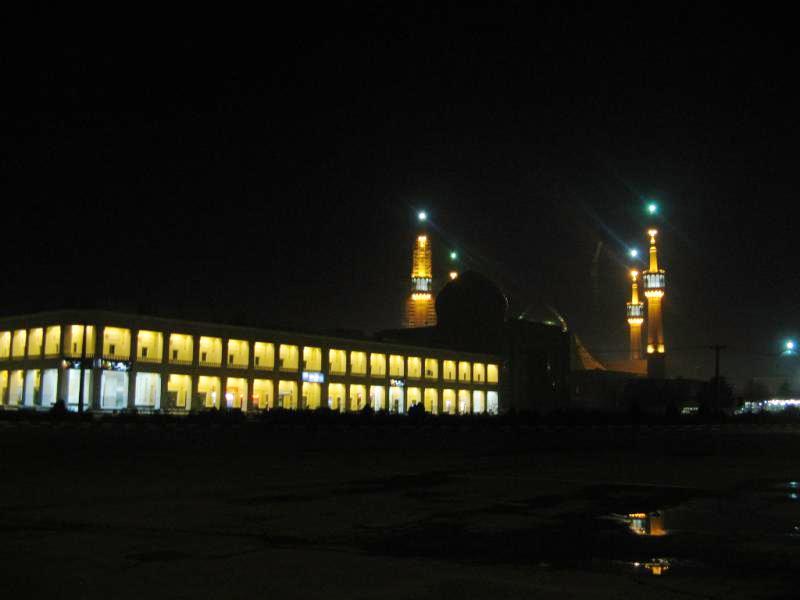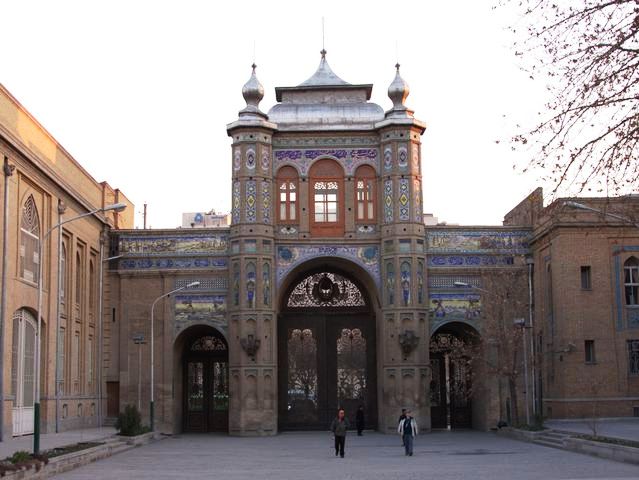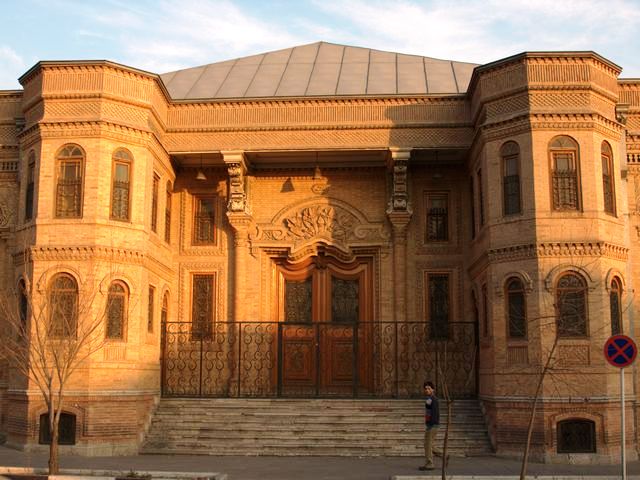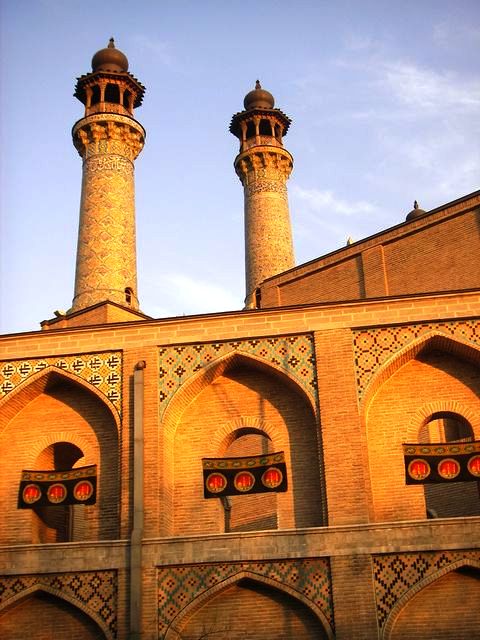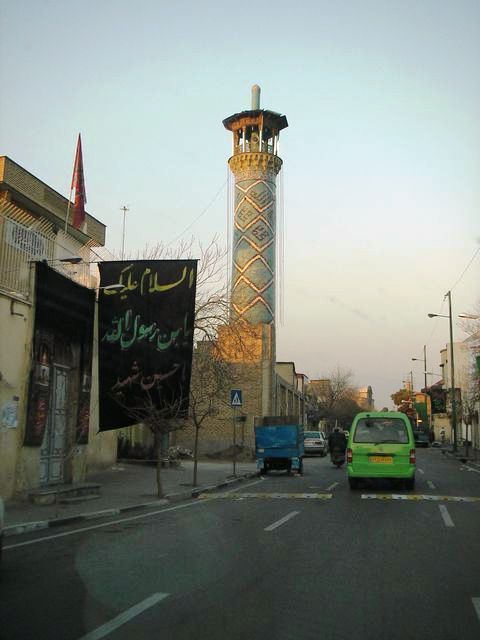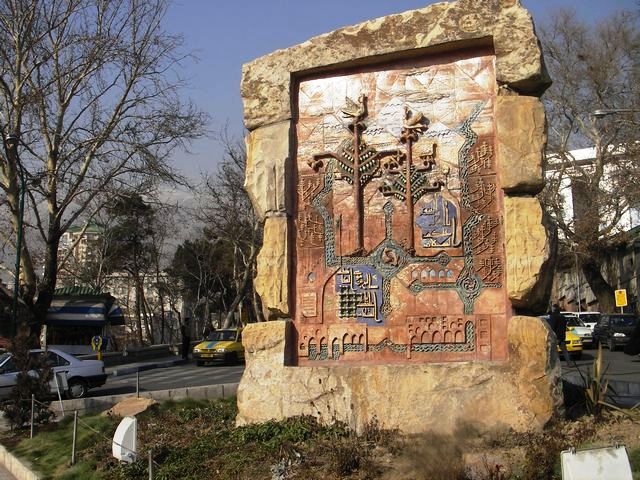What are the first words that come into your mind when you hear the word “Iran”? Beard men with guns, women all wrapped in black walking on the streets and agitated Ayatollah... You are right, this is what you get on TV because that is sensational and raises the ratings. Once you get to Iran, you will discover a totally different country – perhaps one of the most modern countries in the Middle East, with friendly, welcoming and educated people - in which other country in the world poets are super stars and wherelse if you stop anyone on the street will recite you whole poems of local poets - a country of exemplary cleanliness in the region, a place where it simply feels good to be at. And also, never say to any Iranian that he is Arab. Beacause he is not! Iranians are descendants of the ancient Persians and their language is completely different from Arabic – Farsa. Iran's national language is Indo-European, while Arabic is a Semitic language.
Tehran is the capital of Iran and is a huge city, with about seven million inhabitants. It is located in the northern part of the country, about 100 km south of the Caspian Sea, on the Iranian Plateau, at an altitude that varies between 1200 and 1700 m, not far from Elburz mountains dominated by Damavand peak. It is little known about the onset and early stages of development of Tehran. The city was founded in the 12th century, while some sources consider it even more ancient than that, dating it from the 9th century. Chronicles describe the city as the favorite summer residence of the royal family; its location at a high altitude made it a haven for those fleeing from the Mongols. Due to these immigrants, the settlement became a flourishing commercial center. Destroyed by the Mongols in the early 13th century, it was later rebuilt and became an important commercial center. It was declared the capital of Persia in 1786 by Agha Mohammed Khan, the first Shah of Persia who established the Qajar dynasty. In 1935, Persia changed its name to Iran, maintaining the capital city in Tehran. The city remained the royal residence and seat of the government of the emperor until 1979 when, following the Islamic revolution, the last Shah, Mohammed Reza Pahlavi, was forced into exile. Before his abdication, by his order, a 45-meter high tower was built to celebrate the century-old monarchy. The tower, inverted Y-shaped, has been renamed the "Freedom Tower" and stands imposingly on the fantastic background of mountains with snow covered peaks.
Alike most secular settlements, Tehran was defended by strong walls which would later offer it a rectangular shape where there can be distinguished several architectural aspects and forms. Thus, considering the axis of the great avenue that crosses the city from west to east, as an extension of the highway which connects the airport with the metropola, alined by modern buildings, it is easily noteable that to the north of this axis, modern buildings prevail. Here there can be found 15 to 20-storey blocks, separated by broad avenues, with green large spaces, parks, elegant villas, edifices, banks, offices of various companies, diplomatic residences in the Iranian capital. Western-style architecture prevails over oriental one. Streets south of this artery boast mostly oriental-style buildings built on two levels, of burned or unburned brick, stone, with dome-shaped roofs. There are many industrial enterprises as well, including craft workshops on winding narrow streets. From the many streets that cross the city, there can also be distinguished another avenue, oriented from the north to the south, perpendicular on the west-east axis, the longest of all, about 20 km long, surrounded by luxury shops, movie theaters, palaces of the former imperial family, villas of the wealthy inhabitants of the metropola, gardens and ornamental trees. Thus, modernity and history, shining minarets together with glass and concrete edificed, combine in a friendly rivalry. The atmosphere of the city is calm now, somehow relaxed, yet the members of the U.S. embassy have increased the number of guards here, after its staff was held hostage.
It takes several hours to cross Tehran from one part to the other. Traffic is hellish -there are over three million cars, and traffic rules are to be infringed rather than respected.The city is spread chaotically, tentacular, like a giant octopus. Yet the northern part is another world, refined and cool. Between northern and southern areas, the altitude difference exceeds 500 meters. The northern part of the town is situated at an altitude of 1,700 meters. Sometimes it rains here and the temperature get as low as 25 degrees, while hot temperature in the southern part of the city can reach 40 degrees. If the day is clear, Damavand, Iran's highest mountain that is over 5,600 meters high, can be admired. The mountain is less than 100 kilometers away from Tehran and separates the city from the Caspian Sea. There are many legends related to it. One of them says that Zoroaster lived for a while at the foot of Damavand, close to the place where the picturesque village of Ask is located nowadays. According to another legend, many of the events reported by Ferdous in Shahnames took place on this mountain or in its proximity.
Tehran is one of the most beautiful cities in Iran and the largest industrial center here, with a great production of automobiles, buses, weapons, chemicals, pharmaceuticals, oil processing, concrete, glass, textiles and garments, carpets, leather items, food. Located at the crossroads of trade routes that linked the shores of the Mediterranean Sea with that of India or the Persian Gulf with the Caspian Sea, used by Europeans or Arab traders, Tehran has become a popular trade center: world-renowned are the Persian carpets and jewelry. Also, it is an important financial center (with over 12 banks) and communication node: three railway lines, six highways, and airport. Besides, it is a renowned cultural center: with three universities, academies, research institutions, museums (Archaeological Museum, Ethnographic Museum), theaters, etc..
For its status as the capital city and largest commercial center, many businessmen and diplomats arrive here every year. As a result, the majority of large and small hotels in the country are concentrated in Tehran. Both locals and foreign guests can enjoy the numerous resorts and places to spend leisure time, both in the city and its surroundings: parks and lakes formed behind large dams (Amir Kabir Lake, where water skiing, canoeing and swimming can be practiced; Latyan and Lar Lake); mountainous routes north of Tehran, Towchal, Mount Damavand, facilities for bowling and other activities, river valleys of Karaj and Jajrud (considered "fishermen's paradise", rich in trout) and ski resorts of Dizin, Shemshak and Ab-e Ali. The accommodation possibilities in Tehran and its surrounding areas are so diverse that tourists of all kinds will find something to meet their needs and tastes. You will probably arrive on Mehrabad International Airport (currently a modern airport is under construction). After you do your check-in at the hotel, we advise you to plan in advance any trip here and travel in the city by taxi. You can use any of the numerous travel agencies in town to arrange for a visit or a full-city tour. Information in this regard can be obtained directly from the hotel. Prices are not too high compared to American or European standards in the field.
Tehran is a great tourist center in the Middle East. Although built mostly in the early twentieth century, Iran has become a great attraction place for foreign visitors, due to its historical monuments dating from the Qajar period. Azadi Tower, the gateway to the capital of Iran, is located near the airport Mehrabad. The monument is 50 meters tall and represents the symbol of Tehran. Located in a huge square, with an area of over 20 square miles, the tower attracts thousands of visitors.
During the reign of Ayatollah Khomeini, nearly all royal palaces have been transformed into museums. Visitors will be impressed by the charm and refined opulence of the halls. Golestan Palace (19th century) is the former imperial residence and a museum nowadays, as well as the official residence of Iranian state guests. In translation "rose garden", it is the oldest complex of palaces and royal buildings in the capital of Iran, with a history of over four centuries. Here there was set the residence of Qajar Shahs and also here the last two kings of the Pahlavi dynasty were crowned. Golestan will seduce you with its delicate scent of flowers, coolness of its artesian wells and beautiful river where swans float, and melancholic sumptuousness of its castles. The palace has housed an incredible collection of gems and precious stones, among which the famous 270-carat diamond Darya-i-Noor which belonged to Shah Nader. The reception hall, Talar Salam, is the largest room of the palace. The refinement of the room rivals with that of French palaces. In the former throne room of the palace-museum there is a collection of carpets, Sevres and Meisen porcelains.
To the east of the Golestan complex rises the Shams ol Emareh Palace, completed in 1867. The construction of this royal edifice lasted two years. Nasser ad-Din Shah was inspired by the architecture of castles visited during his travels. A masterpiece of Ali Mohammad Kashi, the edifice is a harmonious fusion of European and Persian architecture styles. Decorated with exquisite pieces of painted tiles that cover the thick brick walls, the palace excels in symmetry and beauty. Shams ol Emareh hosted the official receptions of the shah and his harem. Equally impressive are the Marble Palace, a museum as well, and Saadabad Palace etc.. Saadabad includes 18 palaces spread across an area of 410 hectares. This was the summer residence of the last Shah, Mohammad Reza. The Palace is somehow sad, yet refined and in European style: Louis XIV and Louis XV furniture, Sevres porcelains, chandeliers of Bavaria, Baccarat glasses, specifically designed for the royal family. Also famous are the Golden Mosque (13-19th century), Hazrat Abdud Azim Separ Saler Mosque, Hazrat Hamzeh mosque, Masjid-i-Salah Mosque, and Takaht i-Rustam Temple. The Markazi bank exhibits the treasury of the former imperial crown which includes: Peacock throne brought by Shah Nadir from Delhi in the 18th century - made of wood, covered with gold and entirely encrusted with rubies and emeralds; Globe jewelry made of 51 366 precious stones, Imperial crown, the famous diamond Darya-i-Noor (sea of light). Noteworthy is the sports complex in the proximity of Tehran which hosted the 7th edition of the Asian Games in September 1974. Ayatollah Khomeini mausoleum remains the most popular place of pilgrimage for the local people here on holidays. Knelt on prayer mats in front of the sarcophagus, they renew their vows here. In the southern part of the city, not far away from the center, the Bazaar is among the oldest and largest in the Middle East, consisting of miles of streets with countless chain shops displaying the most diverse goods. The lively bazaar includes more than 10,000 stores.
By Maria Morari
Others
Top cultural destinations in Asia .
A bustling melting pot of modernity and history, Asia is an enchanting and exotic land, with fascinating places, gorgeous landscapes, welcoming people and intriguing culture.
Check out our selection of the best cultural destinations in Asia to discover and explore the beautiful Asia and its culture!

